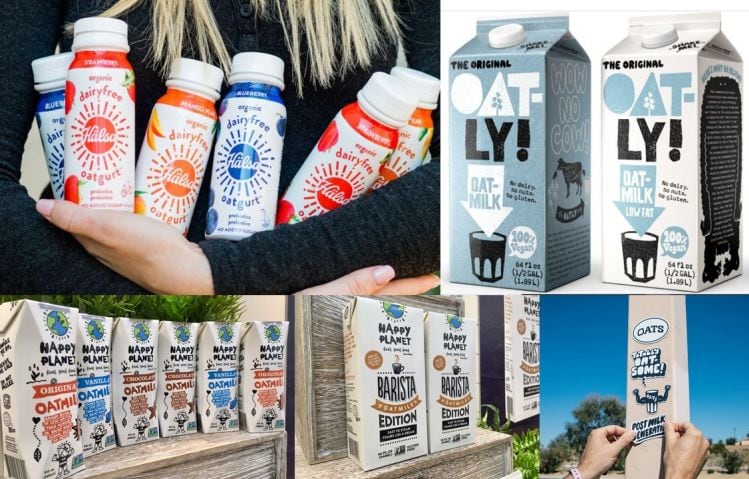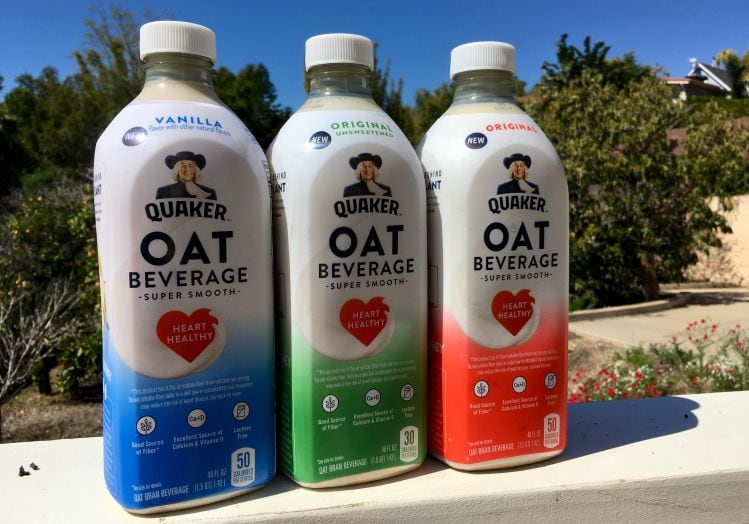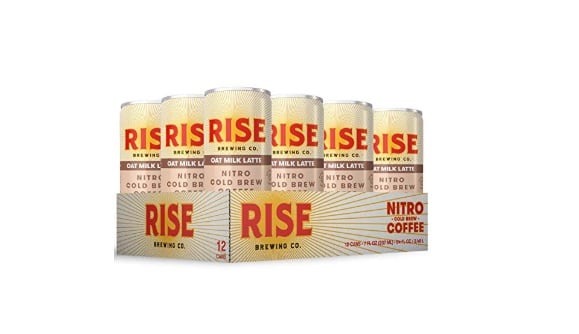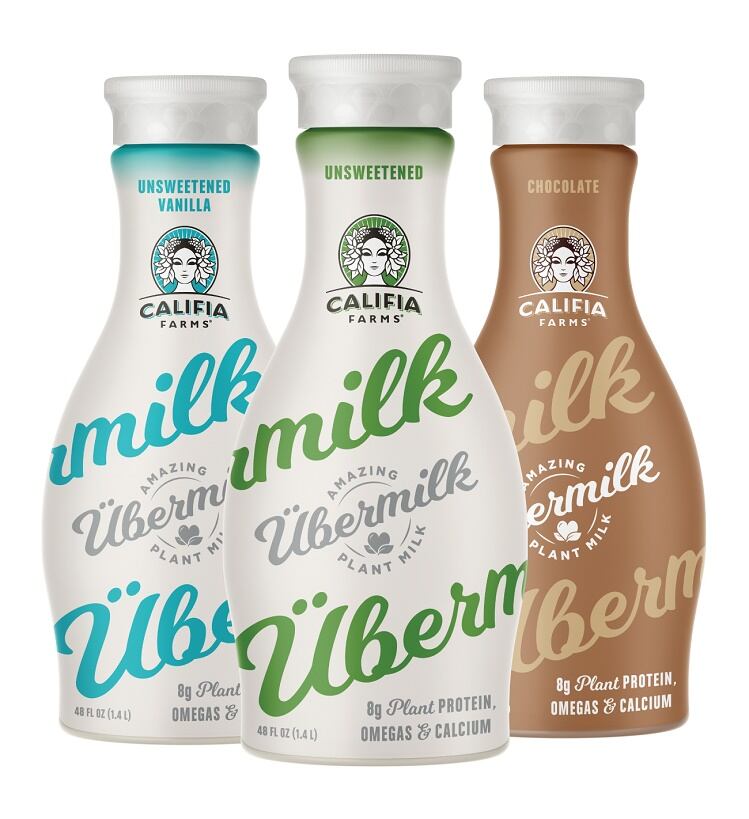Speaking to FoodNavigator-USA after picking up a listing at Costco NorCal, following placements at ShopRite, Fresh Direct, New York City airports, Wegmans, and several independents, Hälsa cofounder Helena Lumme noted that all unsweetened oatmilks contain less sugar than dairy milk, which has 13g of naturally occurring sugar per 240ml serving.
However, eagle-eyed shoppers will observe that some oatmilk brands with ‘no added sugar’ contain up to 7g of total sugar per serving (eg. Oatly Original has 7g, Happy Planet Original has 5g, Silk and Planet Oat have 4g, and Califia Farms’ new unsweetened oatmilk has 2g), while other unsweetened oatmilks (Quaker Oat Beverage unsweetened) contain 0g sugar.
So why the big differences between products that all contain no added sugar?
Differences in production methods explain differences in sugar levels
Some may use more oats than others, said Lumme, but the discrepancies are mainly due to the way different brands handle their oats.
For example, Oatly treats its oat and water base with enzymes that break oat starch down into simpler sugars, primarily maltose and glucose. It then filters out some of the insoluble fiber and protein via a centrifuge to make a smoother, sweeter base for its oatmilk, which contains 2g fiber and 3g protein. Each 240ml serving contains 120 calories.
Quaker Oat Beverage, in turn, uses oat bran concentrate as the primary ingredient in its unsweetened oatmilk, which contains 4g fiber (twice as much as Oatly) but less than 1g of protein, and 50 calories per 240ml serving.
Hälsa, meanwhile, uses whole grain oats in its drinkable oatgurt product (a spoonable product is in the pipeline) and uses no phosphates, stabilizers, gums or emulsifiers, said Lumme, making for an unusually clean label for a plant-based yogurt.
Enzymatic hydrolysis
In a typical industrial-scale oatmilk production process, Lumme claimed, “Enzymes are applied to break down the oat starch… After breaking down the oat starch to glucose-maltose syrup, [some] nutritionally beneficial insoluble oat fiber is removed through centrifuging and/or filtering.”
To create an even texture, some brands then add phosphates, emulsifiers or other food additives, said Lumme, who speculated that the enzymes could change the properties of soluble oat fiber and protein remaining in the product.
“Does beta glucan still have the same benefits and properties after the enzymatic treatment? We spent a long time researching a production process to make more natural oatmilk products without using enzymes to break down the oats and without filtering out the fiber, which is the most beneficial part [although labels indicate that Oatly original and Hälsa both contain 2g fiber/serving].
“We wanted to keep the whole grains intact and create a smooth texture. Whole grain oats are one of the healthiest grains, yet most oat milks out there are not much more than fortified water. We cracked the code by developing a new manufacturing process that keeps all the nutritional benefits intact.
“With our process, no part of the whole grain oat is altered, extracted or removed.”
Oatly: ‘We’re pretty open about our own process…’
Asked about its production process, Oatly told FoodNavigator-USA: “We can’t speak to anyone else’s process, but we’re pretty open about our own process on this page.
“During our process, we do break down some of the oat starch into smaller sugars and we do filter out much of the insoluble fiber (found in places like the oat bran), but we’re also able to hold onto the soluble fiber (the beta glucans). What we’re left with is 2g of dietary fiber total per serving (1g soluble, 1g insoluble).”
New Oatly plant to open in New Jersey this spring and Utah next year
Oatly, which is “in the final stages of construction of our Millville factory in New Jersey as we speak,” added that, “We're still on target to open this spring.”
Meanwhile, a new production plant will open in Ogden, Utah next year, added the firm. “Through our partnership with the state, this factory will help us keep expand our oat milk production to bring it to all the many coffee shops, grocery stores, and refrigerators that want it.
“We’re currently in more than 2,500 coffee shops and more than 1,500 retailers nationwide. Once the Millville factory comes completely online, our first priority is ensuring that we're serving the needs of all of our current customers and those who’ve carried us in the past, but have been patiently waiting for more product. After that, we’ll look to expand.”
Beyond milks?
Asked about new products, the company said: “At the moment, we’re focused on getting as much of our oatmilk as possible into the hands of everyone who wants it, but after that, we’re definitely planning to introduce more of Oatly to the US market.
“While we’re still working through which categories are right, you’re right to look to our international offerings to see what might be up next.”
Happy Planet brings out new products
Canadian brand Happy Planet has just launched a Barista edition and Chocolate Oatmilk that will be stocked in natural food retailers, cafes and grocery retailers across the US, coupled with new 8oz single serve products “great for allergen-friendly school lunches and snacking on the go,” said the firm.




